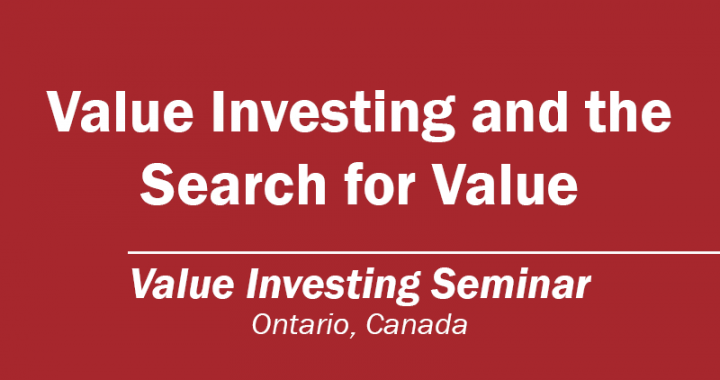“Avoidable failures continue to plague us in health care, government, the law, the financial industry – in almost every realm of organised activity. It is the simple checklist that can bring about striking improvements in a variety of fields.”
This quote is taken from The Checklist Manifesto by Atul Gawande, a book that argues we can do better by using the simple method of checklists.
In the increasing complexity of life, it has become increasingly important to use checklists – building a skyscraper, performing surgery, servicing a car, flying a plane, all these things have lower error rates when utilising a well-constructed checklist.







